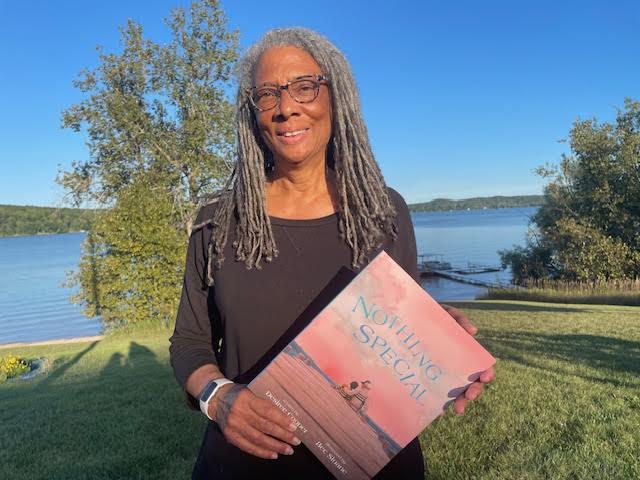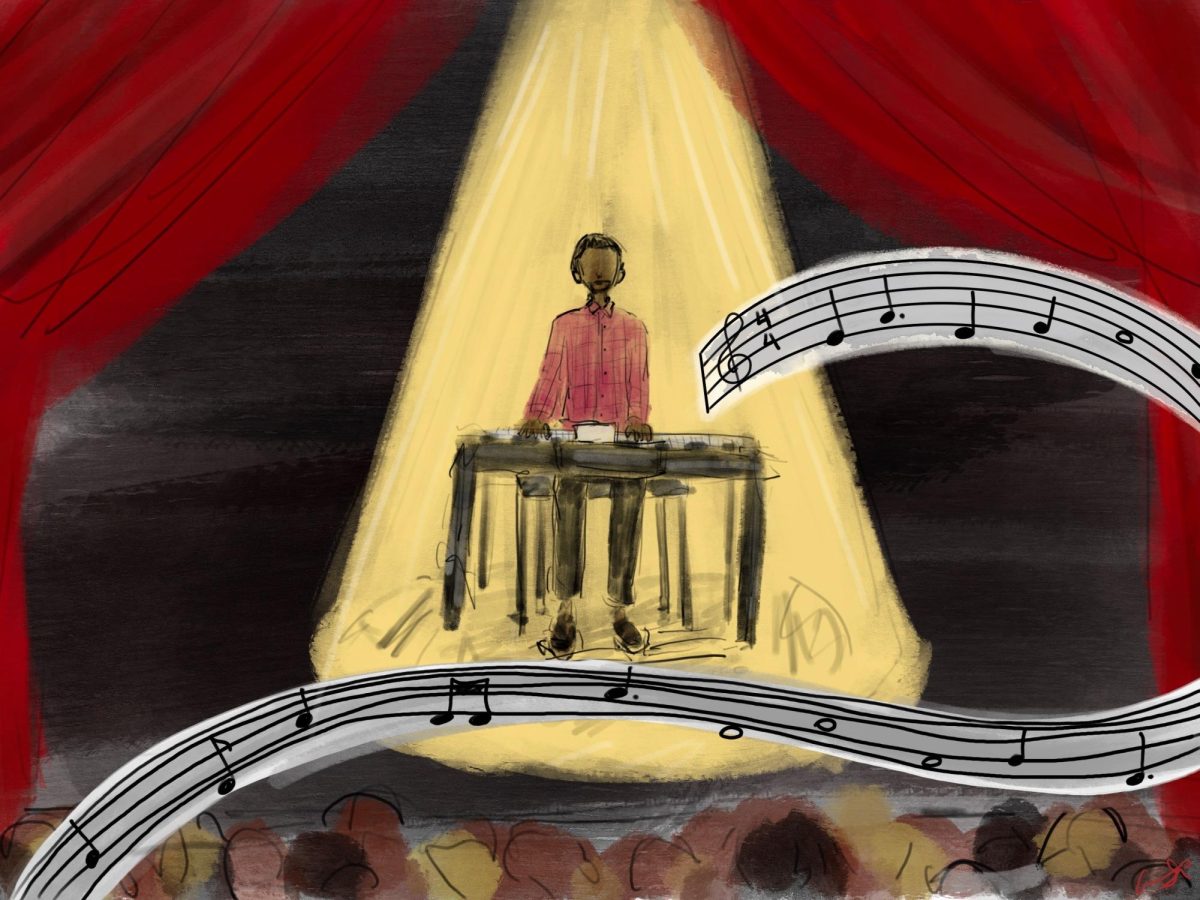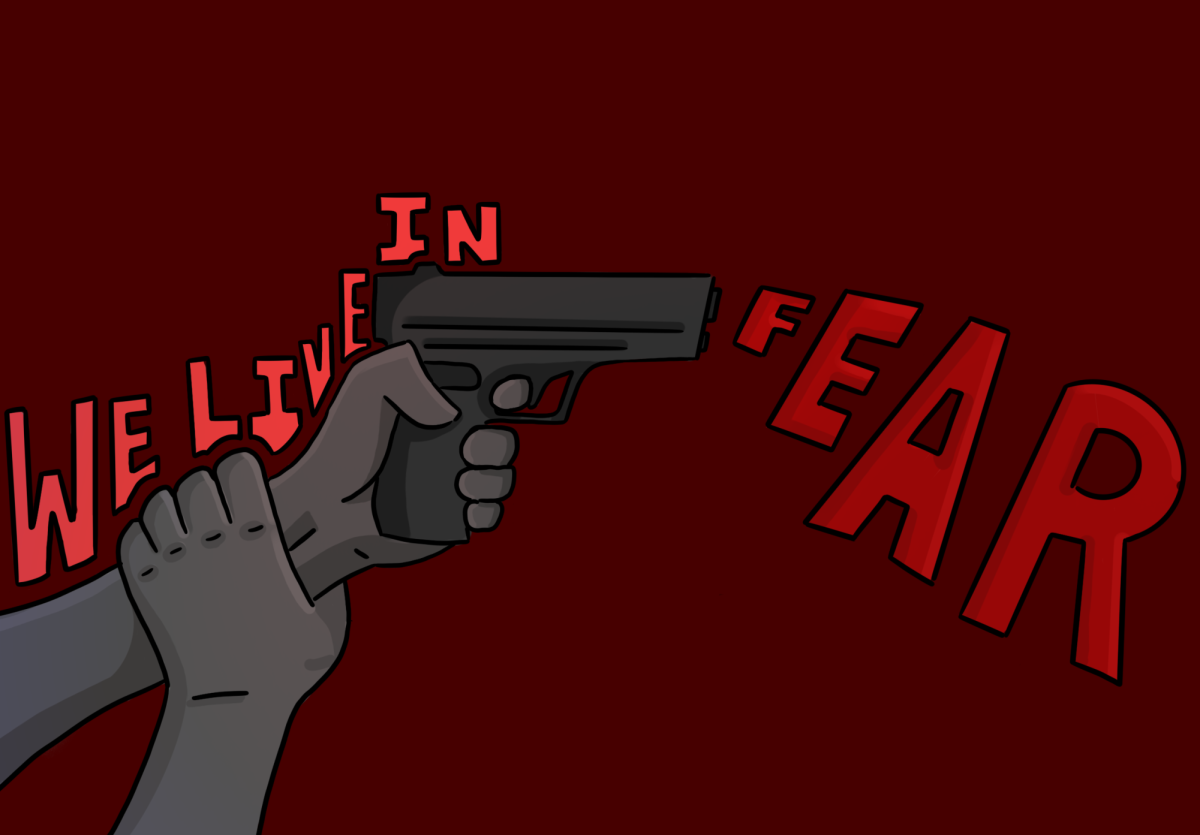CHS student Kaiya Wolff walks into her house, locks her door, and promptly checks for the serial killer behind the shower curtain, the rapist in the back of her closet and the cannibal crouched under the desk. All is clear, and of course she knew that. But she needs total reassurance of her safety before she can sleep peacefully, and she isn’t alone.
Many teenagers share this irrational fear of being stalked by horror figures. Sara Jackson, freshman at Community, said, “Every time I go to the bathroom I pull my shower curtain back and make sure no one’s hiding back there. And then, before I go to sleep I usually check down the stairs to my basement and make sure something’s down there.”
Hannah Simon, another community student, has a far more intense routine. “When I’m home alone, I get a knife, and I carry it around with me, because I’m very paranoid that someone might break in. Also, when I shower and no one’s home I put a knife next to the shower, and or pepper spray… I’m dead serious, I just like to be safe.”
Alytia Levendosky, PhD, Director of Clinical Training and a professor of psychology at Michigan State University, said that there is a scientific explanation behind this irrational behavior. “From an evolutionary perspective, we evolve to be wary of predators because it’s the only way to survive. Long ago, people lived in small groups and had to always be alert and cautious. Of course, predators were much fiercer than they are now, so this was essential.”

There are certain factors that add to this fear. “People are especially cautious at night as we associate fear with night and with darkness,” Levendosky added. “This makes sense because many predators stalk at night. We are also wary of loud sounds. Young children go through a phase when they are extremely startled by loud sounds, for example a sharp knock on the door or a thunderclap.”
Wolff also takes this fear to a very extreme level. She admitted, “I make sure that my door is properly blocked…so that no cannibals can get in.” This intense fear of cannibals, she says, began when she was eleven and intensified when she watched ‘Silence of the Lambs,’ a horror movie about a cannibalistic serial killer. Teenagers’ exposure to so many horror figures could contribute to this fear of them.
The reason that Wolff, along with other teenagers, was not impacted by these fears during young childhood could be this concept of exposure to horror or several other explanations. Dr. Levendosky suspects that it is in part due to developmental changes. “Teenagers are going through developmental changes which make them more likely to take risks. So while they’re being exposed to these risks, a part of them is still in that survival mode, so they’re both excited and very scared.”
Another possible reason she offers is that anxiety does not usually develop until around middle childhood, so young children generally won’t experience it. Also, anxiety is more common in women, so even though both men and women evolved into being fearful, more women experience anxiety as a result of it.
“The evolutionary psychology of monsters,” Dr. Levendosky explained, “leads back to parents telling stories to their children and making of these predators to teach them to be wary, because it was necessary for survival. These figures in horror movies and stories are a teenage and adult version of monsters for kids.”
















